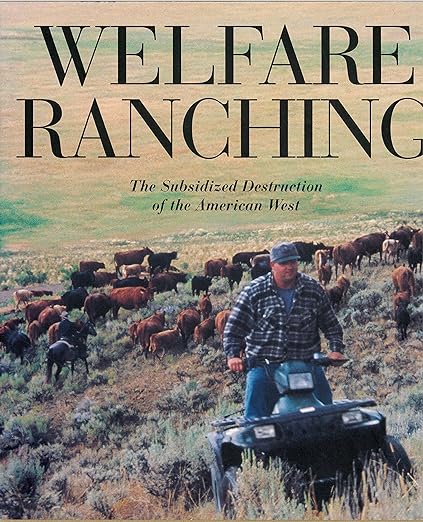Activism
-
For those of us who still read, we got a suggestion from a reader, triggered by the comments of Ken Brower regarding the paradigm shift from bio-centric to anthropocentric in US conservation over the last 40 years. When change is not cataclysmic but takes place over a number of years, humans tend to lose track…
-
The Comb Wash allotment and the adjacent Cottonwood allotment within what, at the time of this writing, is still within the Bear’s Ears National Monument features prominently within the annals of litigation against the abuses of livestock grazing on our public lands. For decades after the passage of The National Environmental Policy Act (NEPA) the…
-
“The idea of wilderness needs no defense. It only needs defenders.” Ed Abbey Abbey was right. There have been a number of books and articles over the last twenty or thirty years that have critically examined the ever-diminishing conservation ethics of those who work for environmental groups, both nationally and regionally. One early critic I…
-
Intended as yet another instrument for attacking anthropocentric ideologies and voracious agricultural/industrial civilizations, the journal Wild Earth was published between 1991–2004. For those of you who remember Wild Earth, it was probably one the most beautiful publications ever produced with a mix of from the scientific to the philosophical and everything in between. For those…
-
The seminal work on public lands livestock grazing and its web of impacts, Welfare Ranching – The Subsidized Destruction of the American West is now available for download.
-
Dairy and beef cattle are grazed at Point Reyes National Seashore sixty years after the properties were purchased by American citizens. Photo George Wuerthner Fences. Everywhere I went during a recent trip to Point Reyes, I encountered fences. Why are there fences in a national park unit? They exist to facilitate the private use of…
-
The Buffalo Horn drainage in the Gallatin Range is one of the most important wildlife areas in the Greater Yellowstone Ecosystem. Photo George Wuerthner The Greater Yellowstone Ecosystem is the last major relatively intact temperate-zone ecosystem in the world. It is a global heritage. There are organizations like the Montana Wilderness Association (MWA), The Wilderness…





